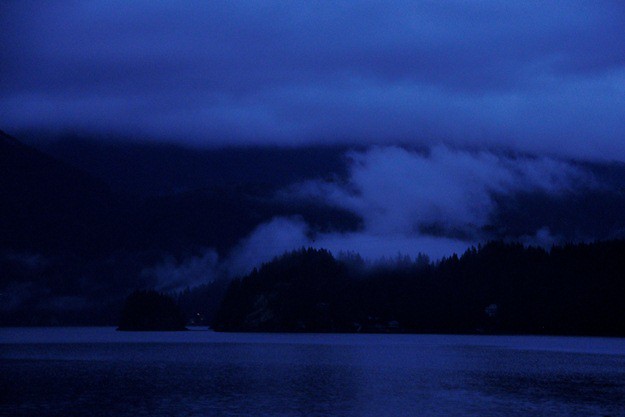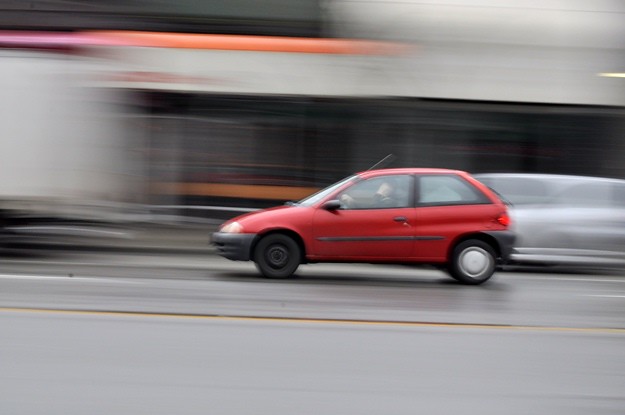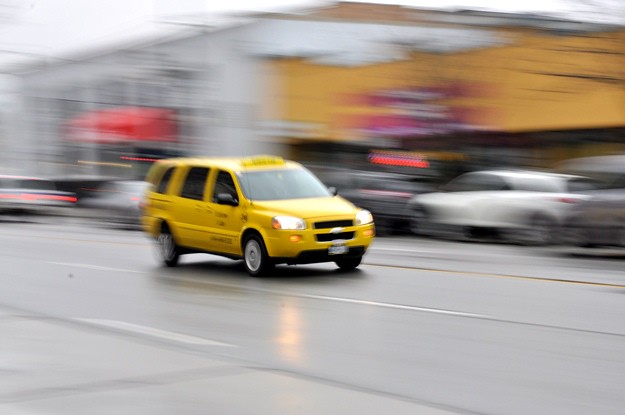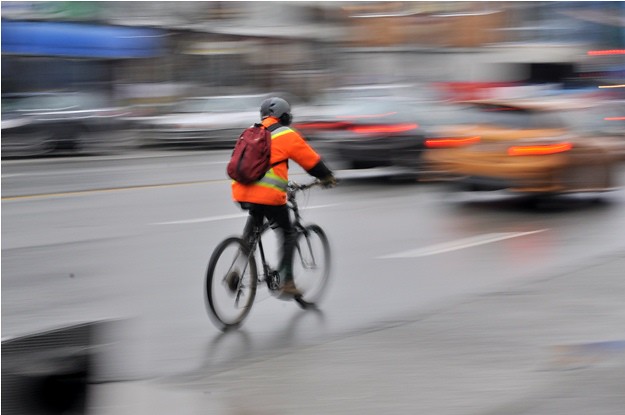
Last week Seth and I went on a photo walk with Amanda as part of a (very thoughtful) Christmas gift from Teresa. There was only one other German lady in the group (the aim is to keep it small) so it was great to get some contact time with an expert. We spent the first hour chatting about photography basics which are relevant to both digital SLR cameras and many 'point and shoots' as well; aperture, shutter speed, ISO, white balance and the next hour practicing manipulating these and some other techniques such as panning (taking a photo of a moving vehicle so it is clear and the background is blurry...) and something else I can't quite remember the name of. It was a great refreshment on some important basics and intoduced me to some new things as well. I'm keen to try "light painting" so stay tuned for some of that.
One point Amanda made, and I have heard this over and over again, is that while a high ISO (probably 800+) on a film camera can have a cool, film grain effect, generally on digital cameras it's not advised to use anything above 400-800ish. As a guide my camera has a range between 100 and 3200. I use high ISO often when shooting in low-light. I actually quite like the look and think it is a good alternative to using a garish flash.
More information on ISO if I'm starting to sound like one of those jargon people that annoy me. This is from Amanda Kerr:
ISO stands for “International Organization for Standardization”. ISO is an indicator for the film’s (or in the case of digital – sensor’s) sensitivity to light. The lower the number the less light the sensor can ‘grab’during your exposure time. You would use a low number ISO like 100 for shooting in bright daylight and the higher numbers like 400 and 800 for shooting in low light. The higher the ISO the more chance there is of getting noise in your image, so when shooting with a digital camera keep your ISO as low as possible to avoid unwanted noise. Adjusting ISO should be your last resort, but without adding external light (i.e., flash) sometimes cranking the ISO up is your only option. NOTE: Nikon shooters of older Nikons like D200 need to be extra careful as these cameras can be quite noisy.
While I would be silly to think the experts are wrong, I think ISO is a great tool. I am going to try and prove, to myself and the experts that high ISO photos can be artful and excellently unique inspite of and because of the 'noise'. The one at the top of this page is from the other evening in deep cove, after the sun had set, which I think captures the clouds beautifully. It really was blue like that. ISO 2000. Here is another high ISO favourite of mine. Below are some panning photos. I know they're not perfect, but I'm working on it:






I agree Sharolyn, I am beginning to dislike using the flash but to get a decent photo indoors without a a flash you need an ISO of 1000 or more. Good to see you are settling into life in BC
ReplyDelete